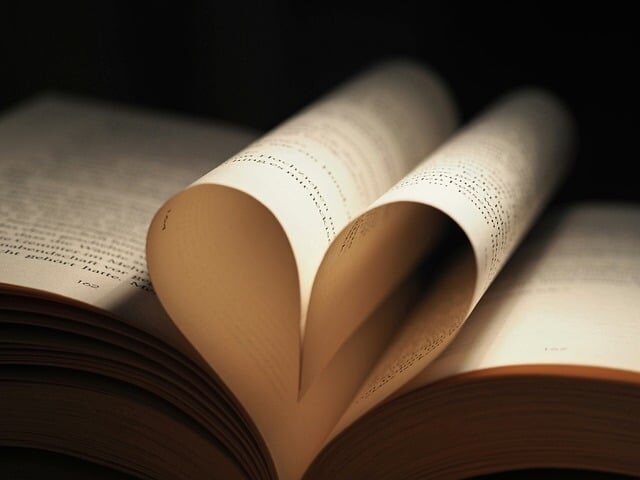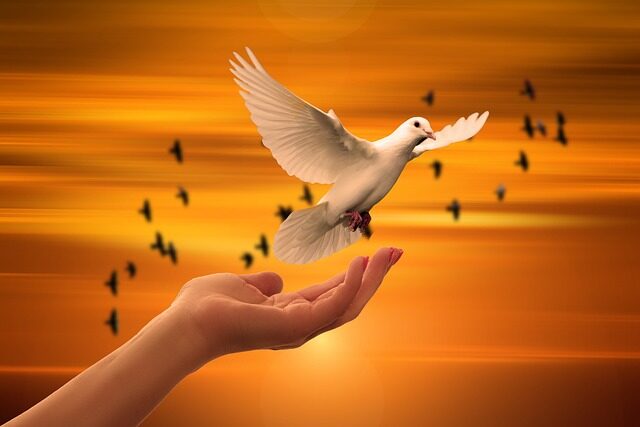The serene landscapes and mythical narratives depicted in Scandinavian paintings are not merely aesthetic achievements; they are a window into the soul of the North. Symbolism in Scandinavian painting offers a unique insight into the cultural psyche, with each brushstroke revealing a story steeped in ancient traditions and beliefs.
Rich in spiritual and historical layers, Scandinavian art is a tapestry woven with symbols that represent centuries of folklore, maritime prowess, and stoic resilience. Delve into the depths of these paintings and discover the poignant symbolism that continues to captivate art enthusiasts around the world.
- What Is The Symbolism In Scandinavian Painting?
- How Do Motifs Reflect Cultural Heritage In Scandinavian Art?
- What Are The Key Elements Of Viking Art And Symbolism?
- How Did The Transition To Christianity Influence Scandinavian Folk Art?
- What Role Do Nature And Seasons Play In Scandinavian Artistic Expression?
- How Do Scandinavian Symbols Convey Strength And Prosperity?
- What Is The Significance Of Knot Motifs In Viking Art?
- Frequently Asked Questions
- What Is The Symbolism In Scandinavian Painting?
- How Do Motifs Reflect Cultural Heritage In Scandinavian Art?
- What Are The Key Elements Of Viking Art And Symbolism?
- How Did The Transition To Christianity Influence Scandinavian Folk Art?
- What Role Do Nature And Seasons Play In Scandinavian Artistic Expression?
- How Do Scandinavian Symbols Convey Strength And Prosperity?
- What Is The Significance Of Knot Motifs In Viking Art?
- Frequently Asked Questions
What Is The Symbolism In Scandinavian Painting?
The Nordic region, known for its dramatic landscapes and poignant sagas, is home to a distinctive style of art that is rich in symbolism. Scandinavian painting often features motifs that have been passed down through the ages, capturing the essence of a society closely tied to nature and the supernatural.
From the ethereal light of the aurora borealis to the intricate patterns of Viking runes, each element holds a significance that transcends its visual appeal. Artists throughout Scandinavian history have used these symbols as a means to express complex ideas about life, death, and the cosmos, forging a visual language that resonates with the collective Nordic identity.
In the realm of Nordic art, colors, shapes, and textures are not arbitrary; they serve as a codex, an exploration of motifs and meanings that invites viewers to look beyond the canvas and into the heart of Scandinavian lore.

How Do Motifs Reflect Cultural Heritage In Scandinavian Art?
Each motif in Scandinavian art is a thread that interweaves the past with the present, carrying with it the legacy of a culture deeply rooted in its environment. Symbols like the Dala Horse are not just popular souvenirs; they are emblems of endurance and prosperity, cherished across generations.
Intricate border designs and stylized floral patterns are common in Scandinavian folk art, symbolizing the connection to the land and the cycle of seasons. These designs are often found adorning homes and furniture, acting as a constant reminder of the region’s natural beauty and the resilience of its people.
- The Dala Horse: A symbol of good luck and Swedish national pride.
- Floral patterns: Indicative of the brief but vibrant Scandinavian summers.
- Runes: Ancient alphabets that hold magical and predictive powers.
Artists have long used these motifs to tell stories, preserve history, and express values, ensuring that the culture’s rich heritage remains a vibrant part of contemporary Scandinavian life.
What Are The Key Elements Of Viking Art And Symbolism?
Viking art is synonymous with bold, intricate designs and an unyielding spirit. Key elements include animal motifs, such as serpents and dragons, which represent power and the ferocity of nature. The interlacing knots and braided patterns, known for their complexity, are believed to hold protective powers and reflect the interconnectedness of all things.
These elements were not only decorative but also held deep significance within Viking culture. Warriors would brandish weapons and armor adorned with these symbols, not just for aesthetic appeal but also to invoke strength and divine favor in battle.

- Animal motifs: Embodying strength, adaptability, and spiritual guidance.
- Knot patterns: Highlighting the eternal cycles of life and the fates of men.
- Mythological scenes: Depicting tales of gods, giants, and heroes as a means of inspiration and education.
The stark beauty and complexity of Viking symbolism continue to inspire artists today, reminding us of a time when myth and reality were inextricably intertwined.
How Did The Transition To Christianity Influence Scandinavian Folk Art?
The Norse paganism of yore gave way to Christianity, yet the transition was not one of erasure but rather integration. Pagan symbols and motifs were skillfully merged with Christian iconography, resulting in a fusion of beliefs that was uniquely Scandinavian.
The famed Albertus Pictor is perhaps the most notable example of this synthesis. His church murals are a testament to the melding of old and new traditions. Vivid Biblical scenes are depicted alongside local legends and pagan imagery, illustrating the stories for the illiterate masses and creating a rich visual language that united communities.
Christian crosses adorned with Norse artistry, and vice versa, are powerful symbols of this cultural amalgamation. They serve as a testament to the fluidity of faith and the adaptability of Scandinavian societies throughout history.
What Role Do Nature And Seasons Play In Scandinavian Artistic Expression?
The rugged landscapes and harsh climates of Scandinavia have shaped its people and, by extension, their art. The cyclical nature of the seasons, particularly the long, dark winters, has a profound impact on the emotional and aesthetic sensibilities of Nordic artists.

Winter’s grip is a recurring theme, often depicted through the use of stark contrasts and a subdued palette. Yet, there is warmth in the depiction of homesteads and communities, a reflection of the shared experience of enduring and thriving despite the encroaching cold.
In Scandinavian painting, nature is not a mere backdrop; it is a character in its own right, one that plays a pivotal role in the narrative and imbues the work with a sense of place and time.
How Do Scandinavian Symbols Convey Strength And Prosperity?
Symbolism in Scandinavian art is a powerful conveyor of ideals such as strength, prosperity, and resilience. The Dala Horse, for example, goes beyond being a charming figurine; it is a talisman of good fortune and a tribute to the hardworking spirit of the region.
Similarly, motifs drawn from Norse mythology often depict gods and mythical creatures who embody qualities admired by society. Thor’s hammer, Mjölnir, is a symbol of protection and power, while the world tree, Yggdrasil, represents growth and the interconnectedness of life.
These symbols serve as a bridge between the material and spiritual realms, reminding those who bear them of the virtues that lead to a prosperous life.

What Is The Significance Of Knot Motifs In Viking Art?
Knot motifs in Viking art, also known as Viking knot symbolism, are intricate designs laden with meaning. Often found on jewelry, weaponry, and runestones, these knots are believed to offer protection and signify the binding of oneself to a cause or person.
The use of knotwork is also a nod to the sailor’s legacy of the Vikings, representing the ropes and nets central to their maritime ventures. As an artistic element, these knots are a testament to the skill and craftsmanship of Viking artisans.
- Endless knots: Imbued with the concept of eternity and the unbreakable bonds of loyalty and friendship.
- Shield knots: Invoked as protective amulets, warding off evil spirits and misfortune.
- Love knots: Symbolizing the strength of love and the intertwining of destinies.
Their continued presence in modern design is a testament to their timeless appeal and the enduring legacy of Viking art and culture.
Frequently Asked Questions
- What is the meaning of the eight-pointed sun symbol? The eight-pointed sun symbol often represents regeneration and the cosmic order, playing a significant role in various Nordic rites and myths.
- How does Scandinavian art reflect ancient beliefs? Through the depiction of mythological figures, natural phenomena, and the use of sacred geometries, Scandinavian art encapsulates a world where the divine and the earthly intertwine.
- What are the common themes in Viking art? Themes of conquest, exploration, and the valorization of warrior virtues are prevalent, alongside depictions of the natural world and the omnipresent Norse pantheon.
- Why are knots significant in Norse culture? Knots in Norse culture symbolize the intricate web of fate woven by the Norns, the destiny-shaping beings of Norse mythology, and are used to evoke strength and unity.
- How did Scandinavian artists adapt to the harsh winter climate? Artists embraced the use of bright, warm colors and indoor decorative painting to counter the bleakness of winter, turning homes into canvases of folk tales and symbolic motifs.


